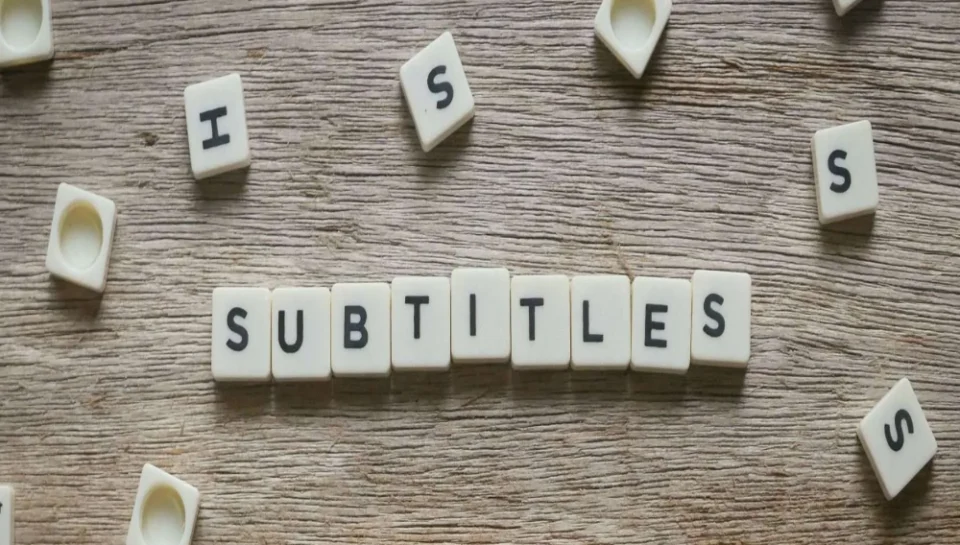
Should subtitles be designed into the visuals or layered in post?
Flexibility and Localization
- Layering subtitles in post allows easy language adaptation.
- Multiple versions can be created without altering the visuals.
- Helps target diverse regional or global audiences efficiently.
- Enables easy updates if translations or phrasing change.
- Offers scalability for multilingual distribution platforms.
Visual Design Integrity
- Designing subtitles into visuals allows full control of typography and layout.
- Font size, color, and positioning are harmonized with the visual style.
- Can enhance the aesthetic appeal when used purposefully.
- Ensures brand fonts or styles are used consistently throughout.
- Less risk of external players altering the look of the subtitles.
Editing and Correction Convenience
- Post-layered subtitles are easier to revise and re-time.
- Mistakes in phrasing or alignment can be corrected without re-rendering the full video.
- Efficient for ongoing content series or rapid production cycles.
- Reduces cost and time involved in re-editing the original animation.
- Promotes faster approval and delivery workflows.
Platform and Format Adaptability
- Layered subtitles can be toggled on or off by viewers when supported.
- Formats like SRT or VTT allow compatibility across streaming platforms.
- Embedded subtitles may be necessary where toggling is not possible.
- Post-layered options support accessibility requirements like captions.
- Delivery standards often favor flexible subtitle layering for compliance.
Recommended Practice in Indian Media
- Most production workflows favor post-layered subtitles for practical reasons.
- Exceptions are made for aesthetic-driven videos with fixed language targets.
- Regional campaigns may embed subtitles when branding is tightly controlled.
- Educational or promotional content often uses a hybrid approach.
- Choice depends on distribution method, audience reach, and design intent.





